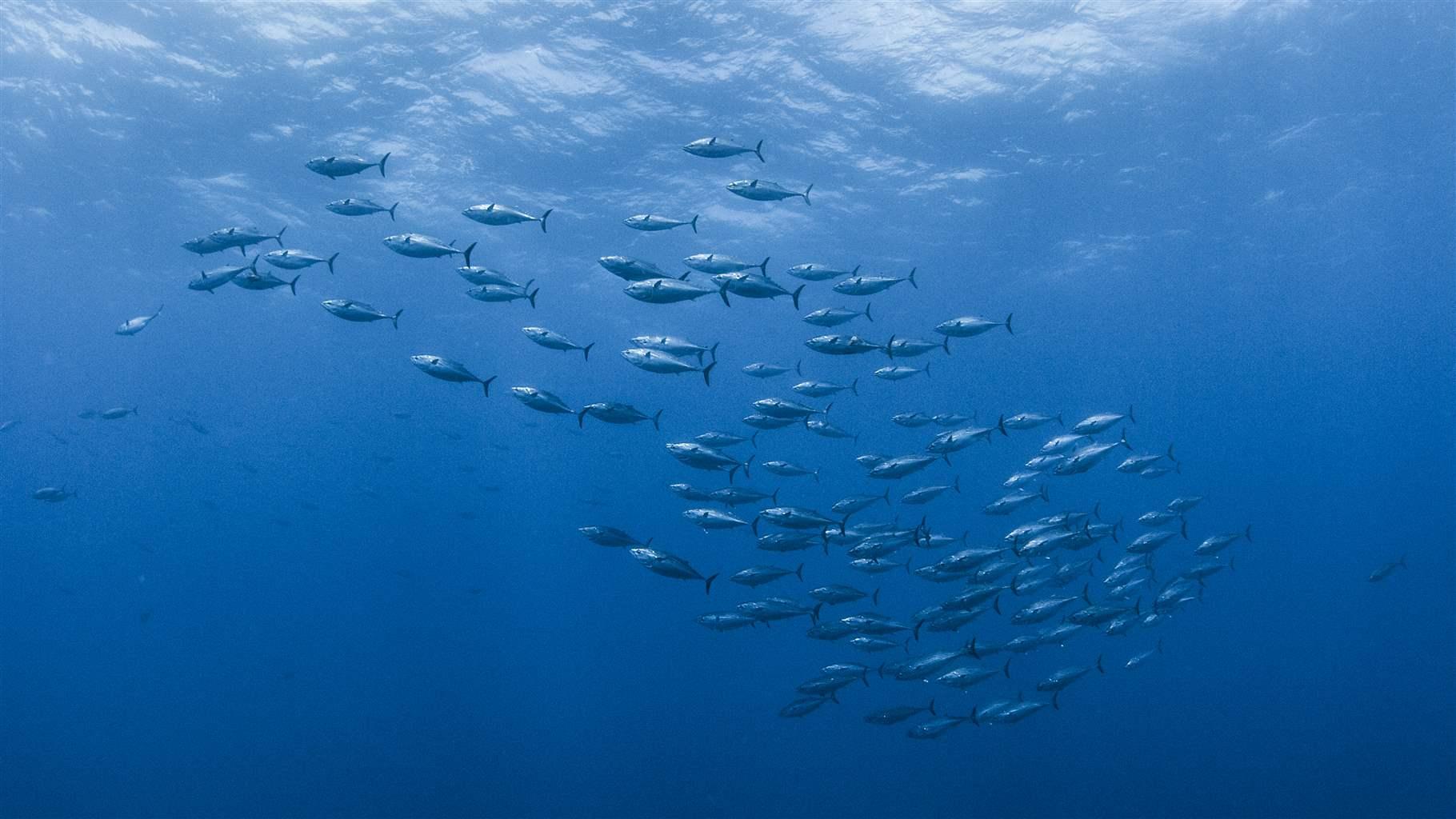Traditional and Novel Approaches Needed to Sustainably Fund Marine Protections Far From Shore

In order to meet international targets for marine protection, marine protected areas (MPAs) that include large areas of open ocean habitat will need to be designated. Since research shows that staff and budget capacity strongly predict the conservation outcomes of MPAs, identifying pathways to sustainably finance protection is a key step in safeguarding offshore habitats at scale. To date, most of the research into planning and implementation of MPA finance has focused on smaller or coastal MPAs, which have different challenges from those in the open ocean.
To fill this knowledge gap, The Pew Charitable Trusts commissioned a team of independent researchers to conduct a comprehensive assessment of financing for large offshore MPAs, including those in the high seas—the vast areas farther than 200 miles from shore. The team’s analysis found that these MPAs are likely to be more reliant on traditional funding sources—government budgets, user fees, and trust funds—than are coastal areas. Based on the analysis, the authors recommend developing shared funding mechanisms across networks of interconnected protected areas to improve financial stability. Additionally, because limited published data on the costs of offshore MPA designation and operation exists, the authors suggest developing a centralized and transparent database of estimated and actual costs to promote learning and improve the financial sustainability across MPAs.
Pew supported this project, but the views expressed herein are those of the authors and do not necessarily reflect the views of Pew.








